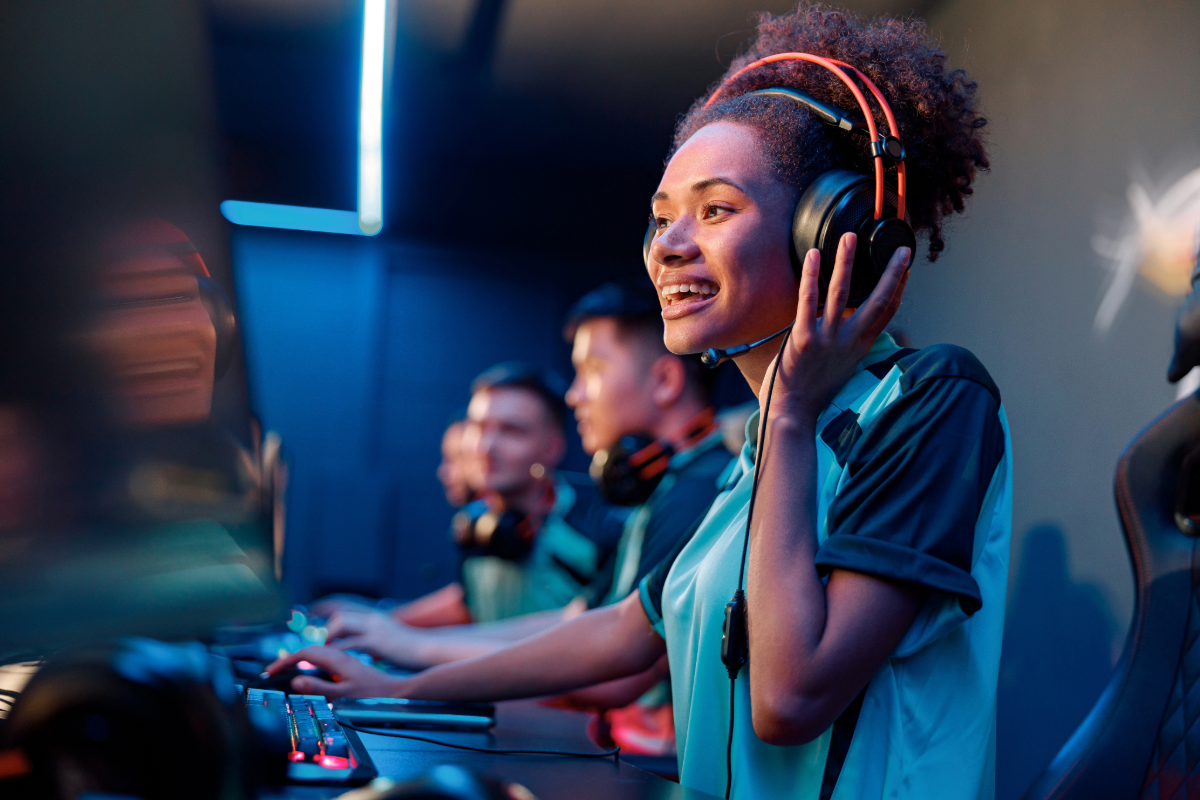
If you continue browsing this website, you agree to our policies:
x
Section outline
-



-
Full-time Course Starting September 2025
-
Full-time Course Starting September 2025
-
Please click the link above to watch.
-
Please click the link above to watch.


